Pros and Cons of Bark Control
Dogs are one of the most popular and cherished pets globally, yet they can also be some of the loudest. They offer numerous advantages to humans. They serve as our steadfast allies during challenging moments, such as experiencing a loss. Concurrently, studies indicate they aid in reducing our blood pressure, bolstering our immune response, and boosting our mood.
Even if you don’t mind the constant or occasional ruff from your pup, your neighbor might not feel the same. Bark collars were initially invented to train hunting dogs in the 1960s, but now they are seen in households around the world. Is there a downside to these crafty devices? We’ll be taking a look at each kind of collar and bark control device, and listing out the pros and cons.
Table of Contents
Outdoor Ultrasonic Bark Control Device
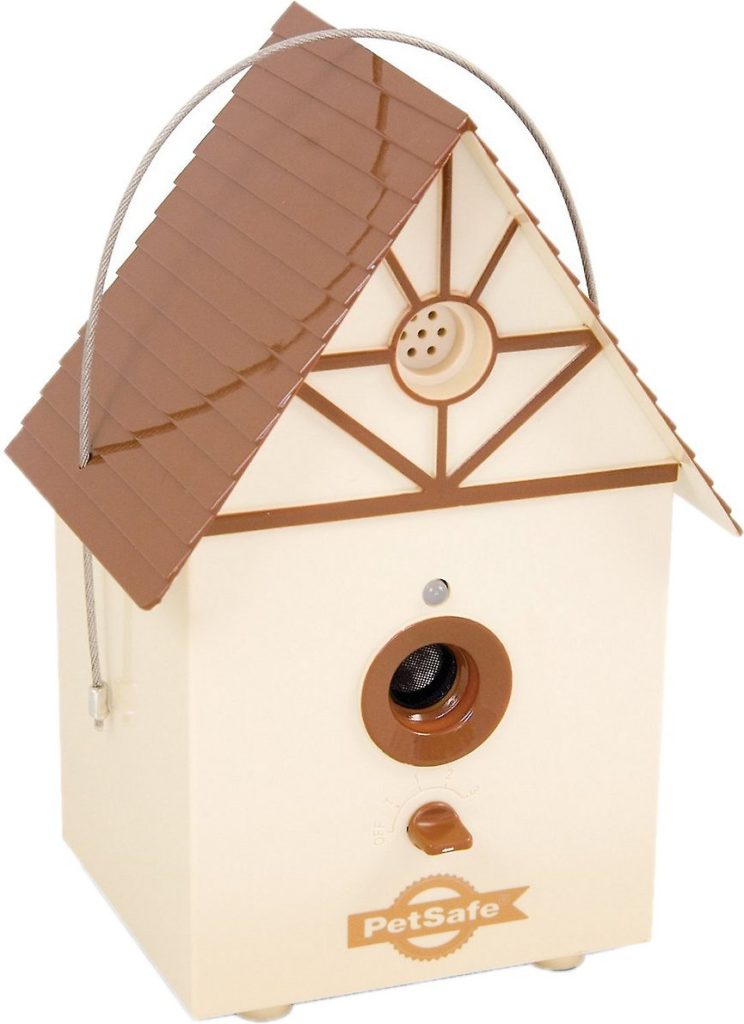
Pros
They are stealthy. These bark control devices are cute and decorative contraptions that can resemble a birdhouse. They are inconspicuous from suspecting pets and neighbors.
The range is higher than the indoor ones and can detect barks from 15 up to 50 feet.
These devices can be used to control your own dog’s or your neighbors’ dog’s barking. There are also mountable designs that don’t resemble birdhouses that you can plant around your yard.
Cons
Well, this will be a con for all ultrasonic devices. Some pooches don’t respond to ultrasonic correction or eventually get accustomed to it.
For the unluckier dog owner, these can entice the dog to bark even more rather than deter it. You don’t know how your pup will react to the device until you try it.
Since bark devices are outdoors, they might not last as long as other devices.
Indoor Ultrasonic Bark Control Device
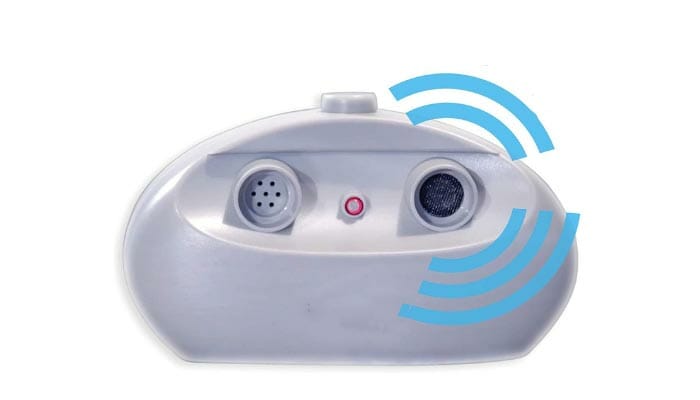
Pro
It is set up indoors and safe from the elements, which will ensure longevity.
Con
As with all ultrasonic devices, your pet might not be responsive to this form of training.
Ultrasonic Dog Whistles
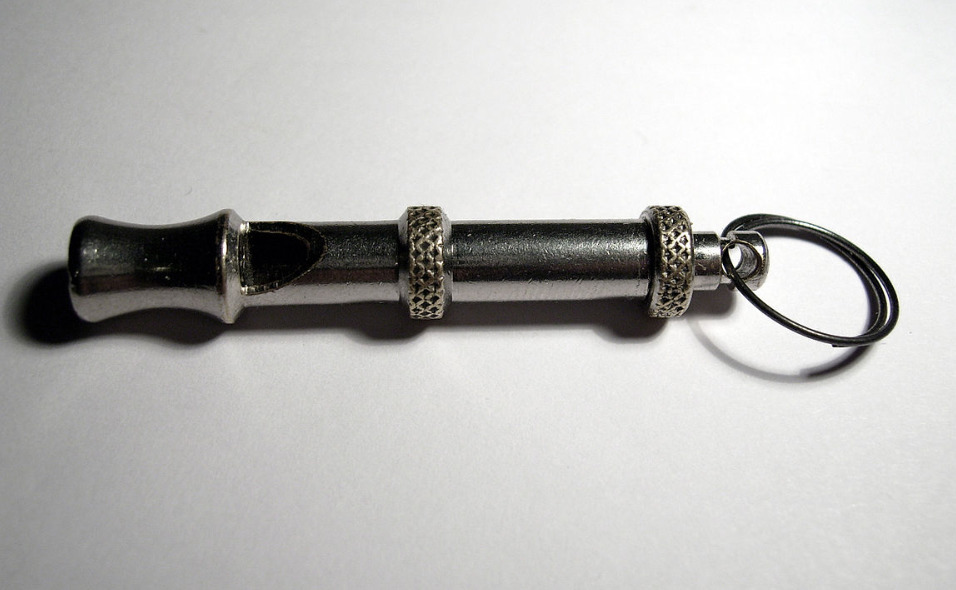
Pros
Not only does it act as a bark control device, but it can also be used to train your dog in other day-to-day activities.
The dog whistles can be used anywhere at any time. Small and easy to carry, the whistle can accompany you on walks.
Con
The sound can be loud or painful for your pooch if you choose one at a higher frequency.
Shock Bark Control Collars

Pros
The collar can be controlled at a distance, and the shock level can be adjusted. It has been proven to be the most useful method of bark control.
Cons
This is also the most widely debated form of bark control. Sending a mild shock, similar to the one you feel on a dry day through your pet isn’t something most of us take pleasure in doing.
This device is more often linked to punishment, no matter how severe or sensitive the shock may be.
It might result in your pup becoming fearful and develop all sorts of emotional issues from this type of training. It might even lead to adverse effects like aggression, and lashing out. Suppressing their natural tendencies could result in confusion and frustration, all adverse impacts on your dog.
Shock collars have been declared illegal in some countries.
Ultrasonic Bark Control Collars
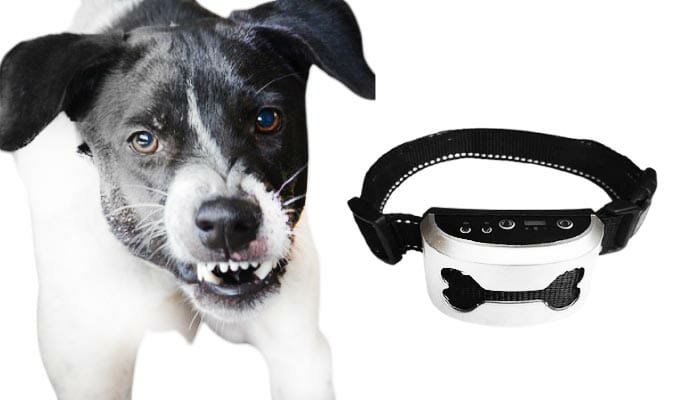
Pros
It serves the same purpose as shock collars but without the pain.
Cons
Other sounds may trigger the collar, which will confuse your dog and possibly set your training back.
Ultrasonic collars that are triggered by the vibration of your pup’s vocal cords can also be accidentally set off by their random movements.
These are also the more expensive options for bark control. Most of the basic designs range from 25 to 50 dollars, while the higher-end models that reduce the chances of accidental triggers can range anywhere from 100 to 400 dollars!
Handheld Ultrasonic Bark Control Devices

Pros
Handheld devices are very convenient. Keep them on you at all times, similar to the whistle.
They have a pretty good range for such small devices, anywhere from 10 to 25 feet. An example of this is PetGentle, an innovative dog whistle with a flashlight.
Cons
As mentioned before, it might not work on your dog, and some users have claimed they are less effective on larger dogs.
Spray Bark Control Collars
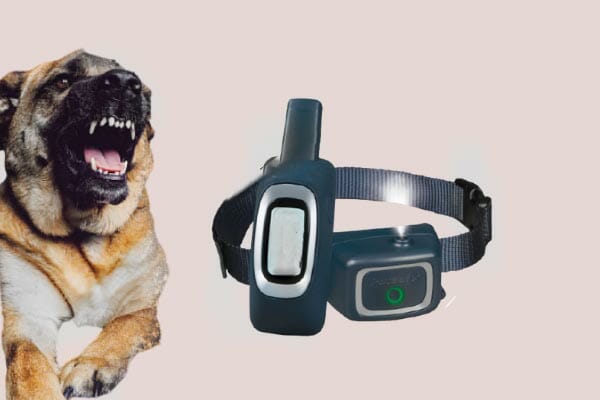
Pros
The smell is offensive to most dogs, but there is the off chance your dog is unaffected by it. Research has shown that these dog collars are as effective as the shock collars.
They are more reliable and won’t be triggered randomly. But when it is triggered, your dog may be quick enough to jump back, causing the spray to miss the dog. The smell is still unpleasant even if the dog doesn’t get a face full.
Cons
Anything that is unpleasant and catches your dog off guard can have potentially damaging effects. It could be a pricey option because the citronella needs to get replaced.
Suppressing their instincts can result in psychological issues, much like shock collars.
Choke Collars

Pro
Easy to use and straightforward.
Cons
Not effective on barking, it’s more suitable for dogs who pull on their leashes. They could cause harm to neck muscles and vocal cords, as well as skin irritation.
Conclusion
Barking devices can be very useful if used correctly and consistently. They teach dogs to equate unpleasant noises, smells or shocks with barking. As you might have noticed, one thing all the devices above have in common is they all cause your dog discomfort in some way. Another thing to think about is that there is such a thing as positive barking.
We are quite familiar with the negative barking, which is barking for no good reason. But what if your dog is barking for a legitimate reason such as spotting intruders, or he/she is in pain? In these cases, your training could deter your pooch from alerting you that something is wrong.
Be wary that at this point, there is still no way to isolate training for different types of barking. You need to either nip it all in the bud or allow your fur baby to be as vocal as he/she wants. Take note that any method, if not used correctly, can potentially harm your dog.
Expert Tip
Experts advise not to use no-bark collars, specifically citronella and shock collars. They should be used in unison with other training methods. Some dogs may develop a ‘habituation problem’, which means the more you use the dog collar, the more your dog will be accustomed to it, and the less effective it will be.
Did You Know?
Did you know that some breeds bark more than others? Smaller breeds to toy breeds are more likely to yap than the more stable larger breeds such as the Golden Retriever. Before you adopt a puppy, read into their breed and educate yourself on what their instincts are.






